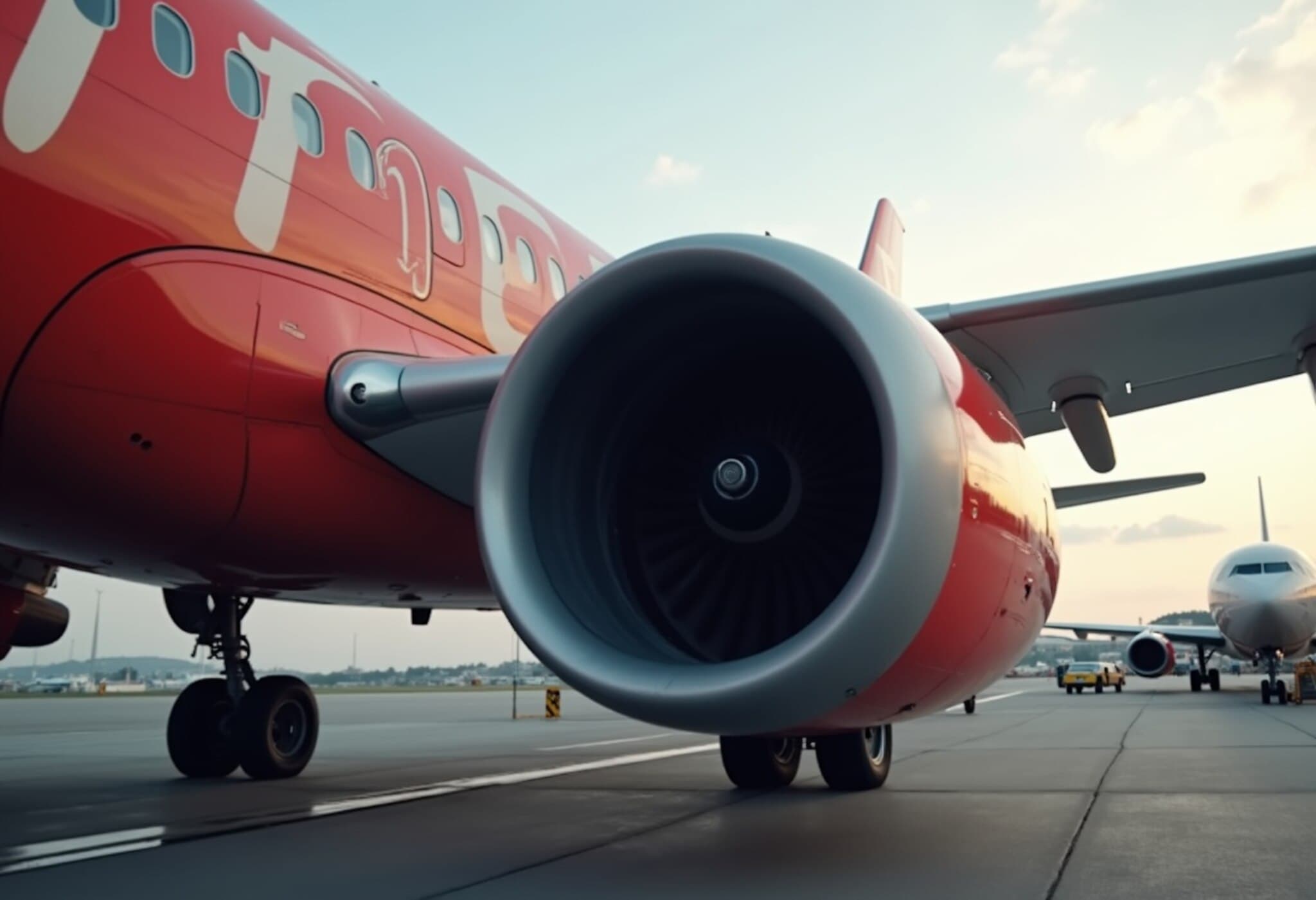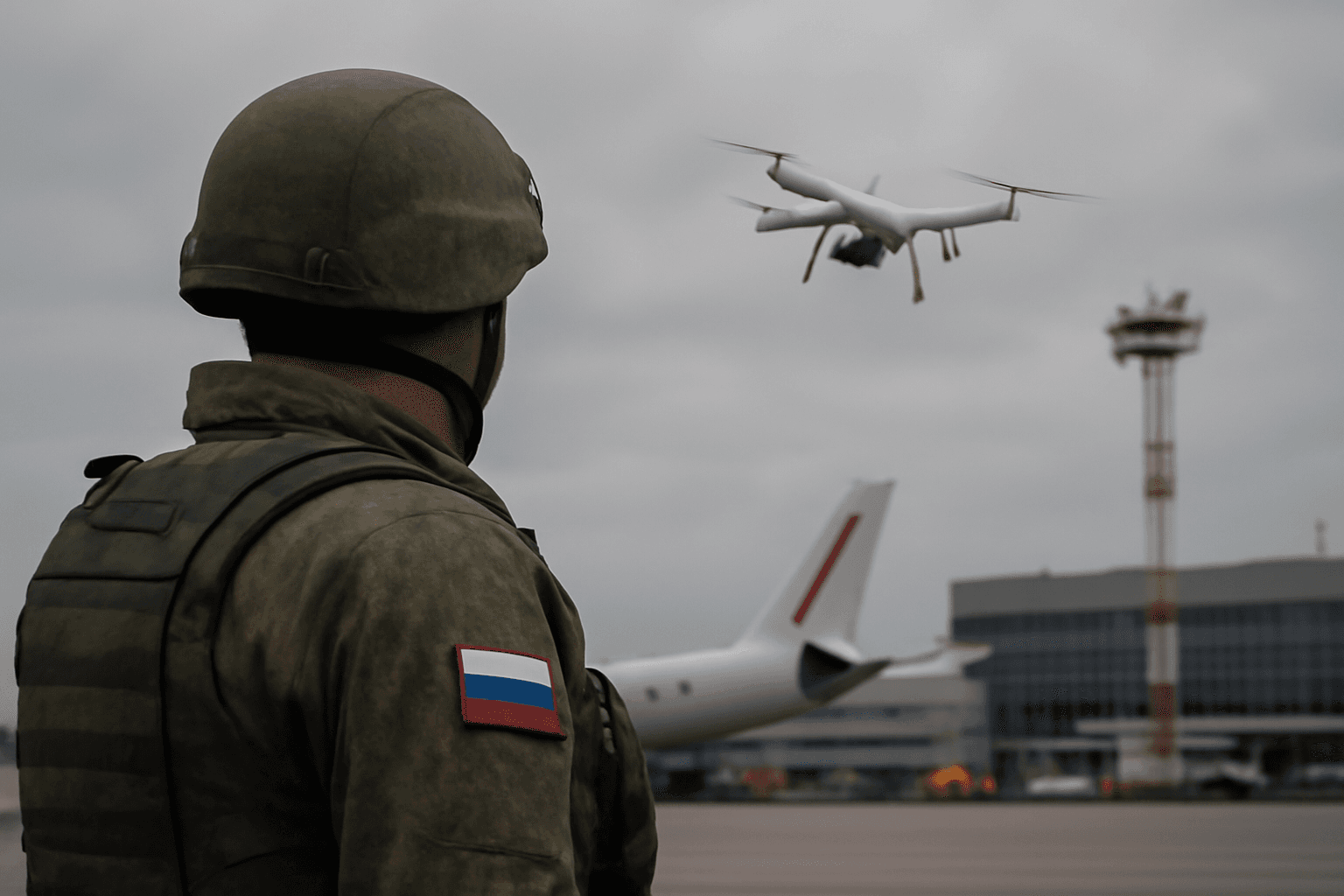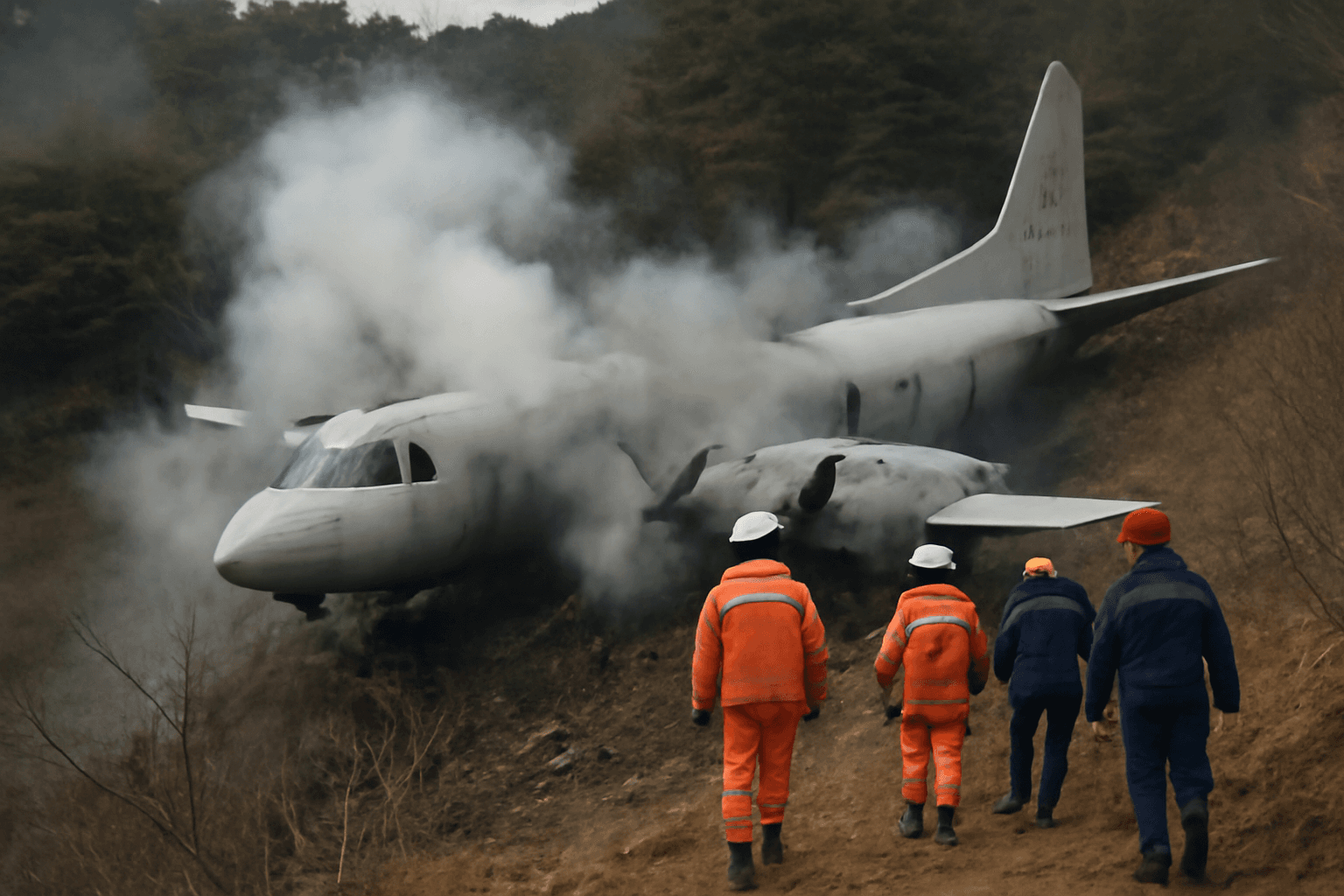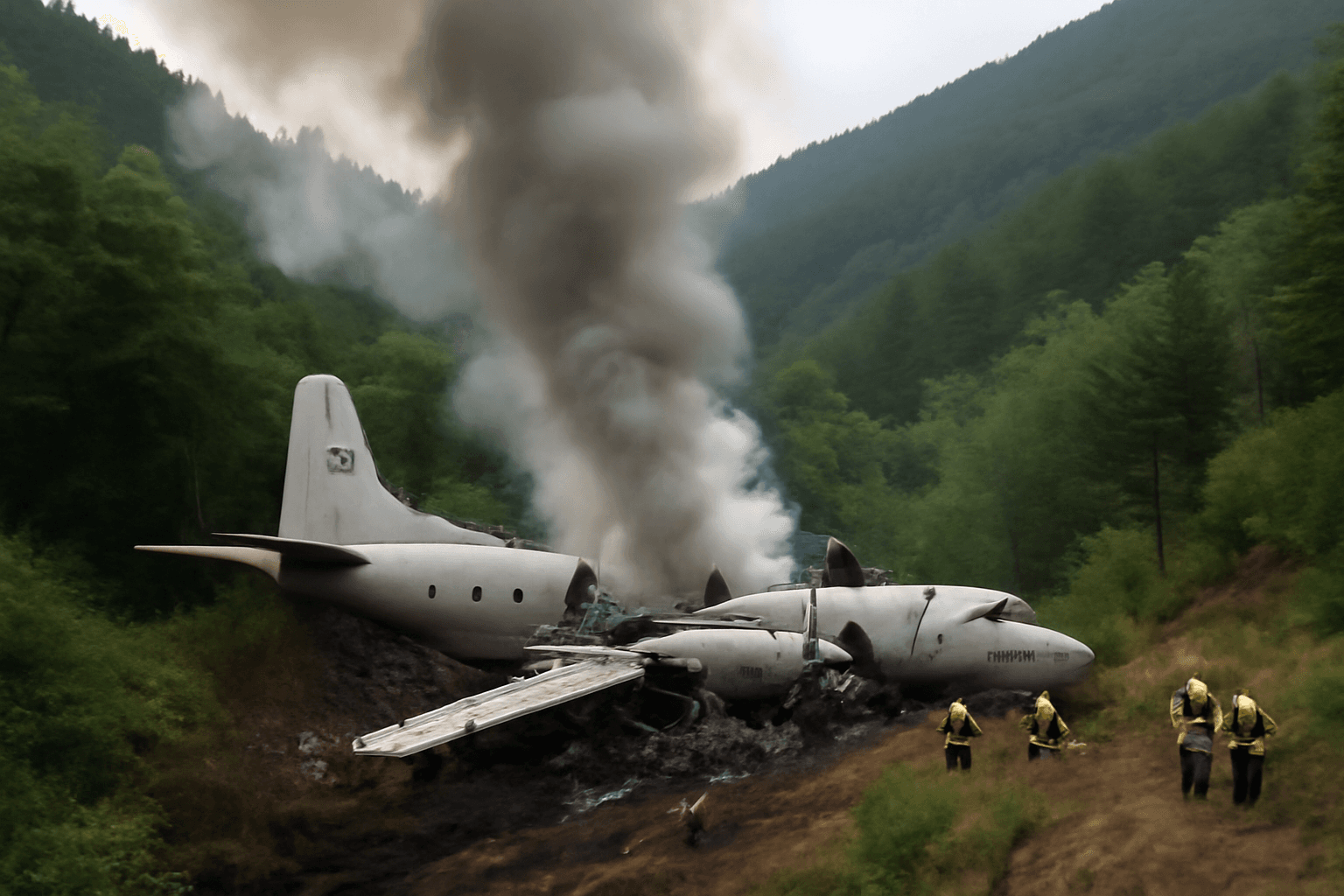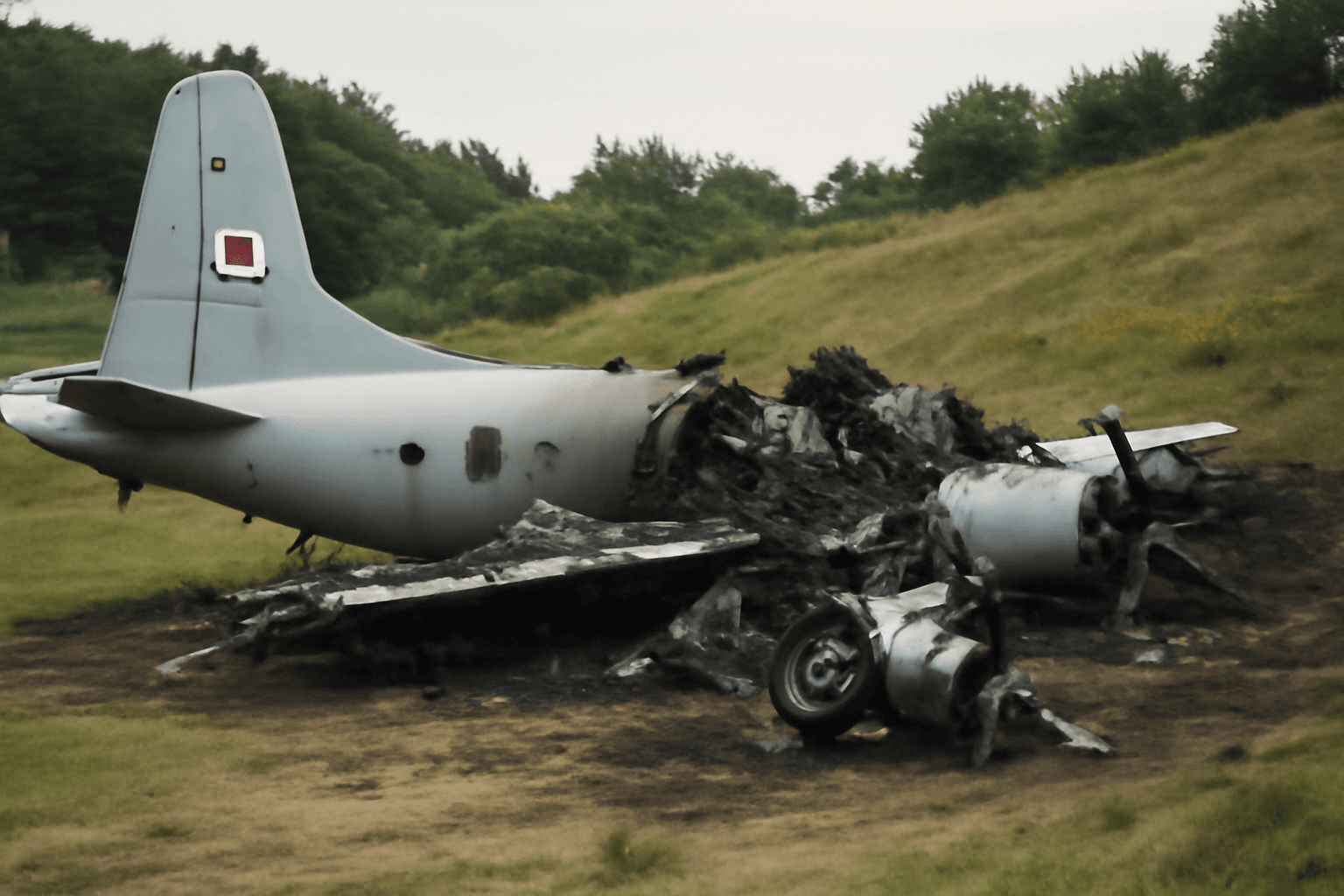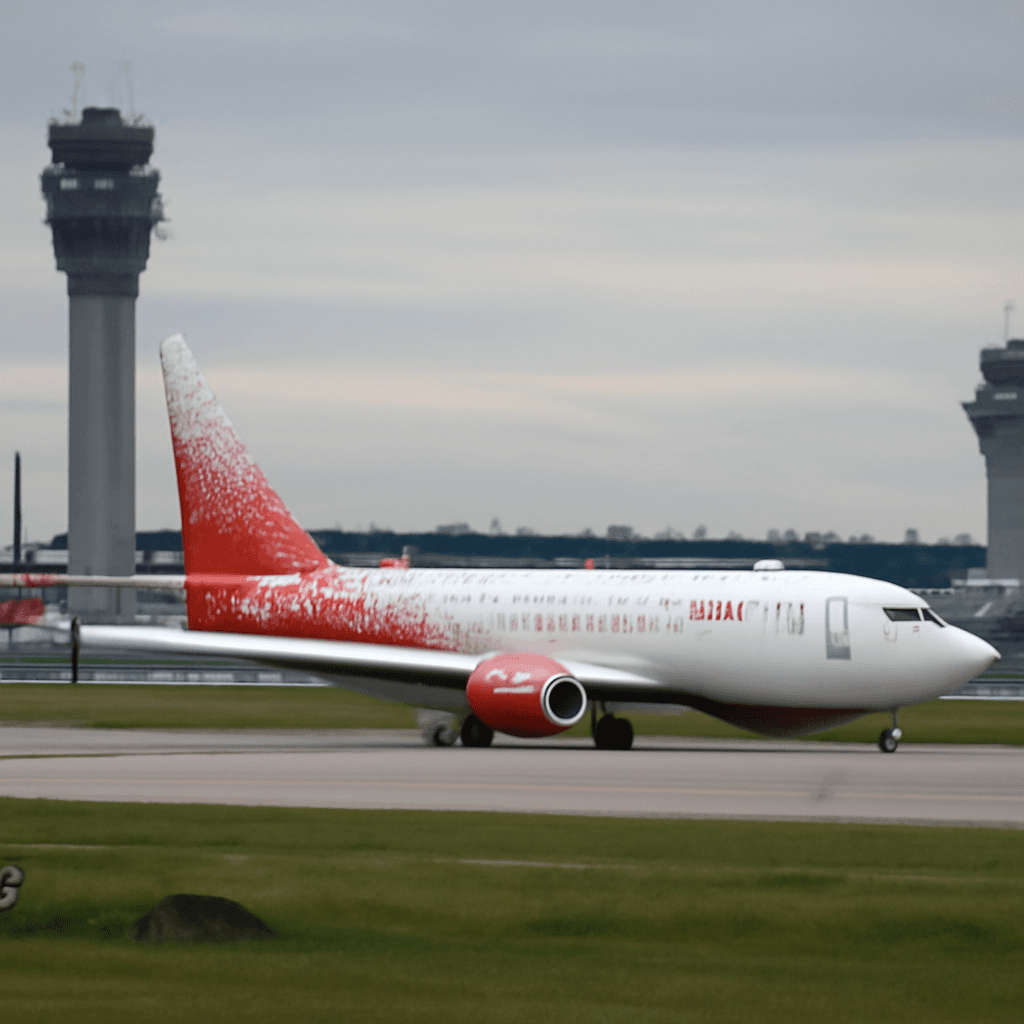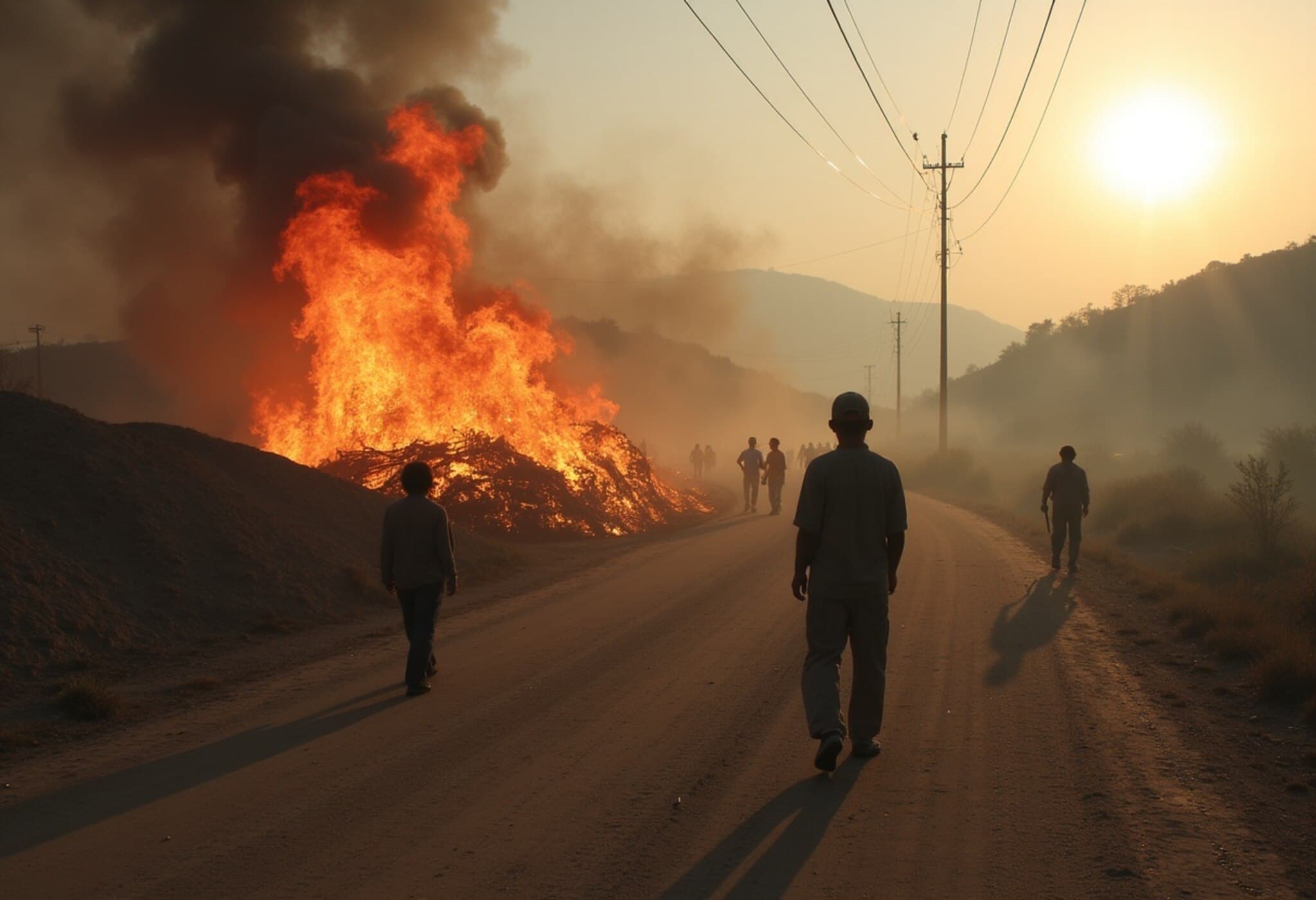Tragic Accident at Milan Bergamo Airport Shakes Aviation Community
In a harrowing incident that has sent shockwaves through the aviation and local community, a man in his mid-30s lost his life after being sucked into the engine of an aircraft at Milan Bergamo Airport, Italy. The tragedy unfolded when the individual breached multiple security barriers, prompting immediate suspension of flight operations at one of Northern Italy’s busiest airports.
How the Incident Occurred: A Breach of Protocol
According to local reports, the man abandoned his vehicle near the airport terminal, then circumvented official security by entering a restricted area. Eyewitnesses and surveillance footage suggest that he accessed the arrivals zone on the ground floor and forcefully opened a security door leading directly to the aircraft parking zone—a highly secured area strictly off-limits to unauthorized personnel.
The aircraft involved was a Volotea Airbus A319 preparing for a pushback maneuver ahead of a scheduled flight to Asturias, Spain. Tragically, as the aircraft began its movement, the man was drawn into the engine’s intake, resulting in fatal injuries.
Immediate Airport Response: Operations Suspended to Manage Crisis
Following the accident, Milan Bergamo Airport’s operator, SACBO, swiftly suspended flight operations from approximately 10:20 a.m. until midday local time. The suspension led to multiple departing flights being delayed, while arrivals faced diversions or cancellations. SACBO officially cited “technical problems” related to an aircraft grounded on the runway but later confirmed that the suspension was connected to the ongoing incident.
Investigative authorities are currently probing how the breach occurred, focusing on airport security protocols and whether lapses contributed to the tragedy. Italian law enforcement and aviation safety agencies are collaborating to analyze surveillance, interview witnesses, and assess airport operational procedures.
Security Challenges and Aviation Safety Context
This unprecedented breach raises pressing questions about airport security, especially in Europe, where airports balance the demands of operational efficiency and stringent safety requirements. Security experts note that while perimeter controls and access restrictions are robust, determined intrusions—whether accidental or intentional—pose ongoing challenges.
From an aviation policy perspective, the incident underscores the critical need for enhanced real-time monitoring technologies and rapid response protocols to prevent unauthorized access in highly sensitive zones such as aircraft ramps and engine areas. The Federal Aviation Administration (FAA) in the United States, alongside European counterparts, continually reviews security frameworks to adapt to emerging risks.
Human Costs and Broader Implications
Beyond procedural failures, this tragedy offers a somber reminder of the human vulnerability within the complex world of air travel. The man involved was neither a passenger nor airport staff, highlighting vulnerabilities when individuals enter restricted zones without oversight. Families of airline personnel and travelers alike are affected deeply by such incidents, knowing how quickly safety can be compromised.
Experts urge airports to invest in comprehensive staff training and public awareness initiatives to prevent unauthorized access. Additionally, mental health assessments and community outreach could be valuable in understanding why someone might attempt access to high-risk areas unlawfully.
Looking Ahead: What Can Be Learned?
- Review and upgrade of physical security barriers: Reinforcing doors and checkpoints is essential.
- Implementation of advanced surveillance: Enhanced camera systems with AI-based threat detection can provide early warnings.
- Training for rapid incident response: Staff must be prepared for both prevention and crisis management.
- Community outreach and mental health support: Engaging with local populations to prevent risky behavior near airports.
Editor’s Note
The tragedy at Milan Bergamo Airport is a stark and unsettling reminder that even the most regulated environments can face devastating vulnerabilities. As investigations continue, it is imperative for aviation authorities worldwide—not just in Italy—to reassess security protocols and human factors influencing these rare but fatal incursions. How can airports better protect both infrastructure and human lives while maintaining operational efficiency? This incident calls for a comprehensive and empathetic approach that goes beyond technology and policy to address the human elements underpinning aviation safety.

